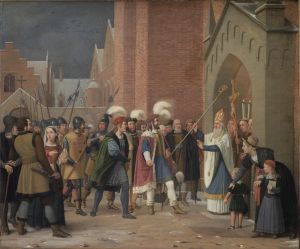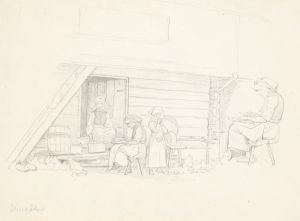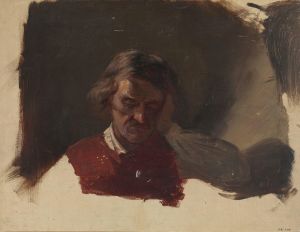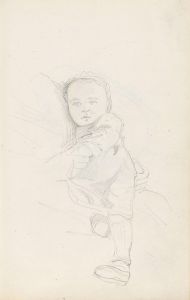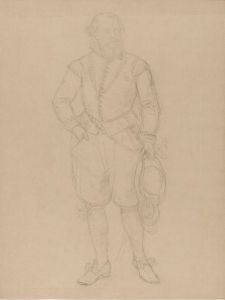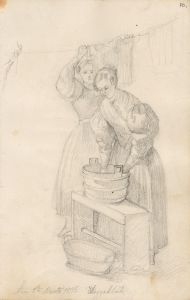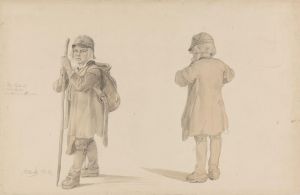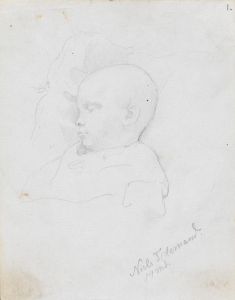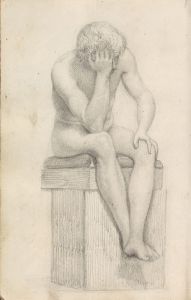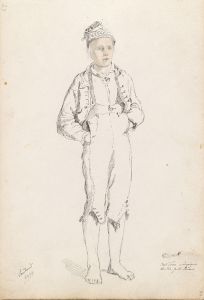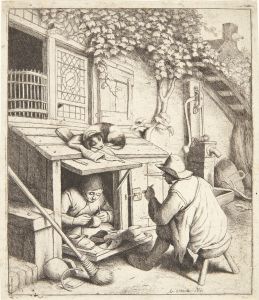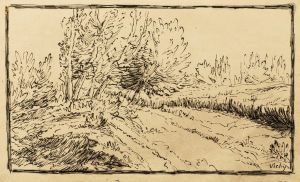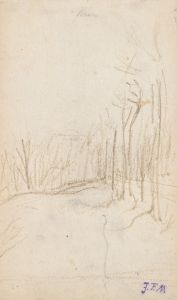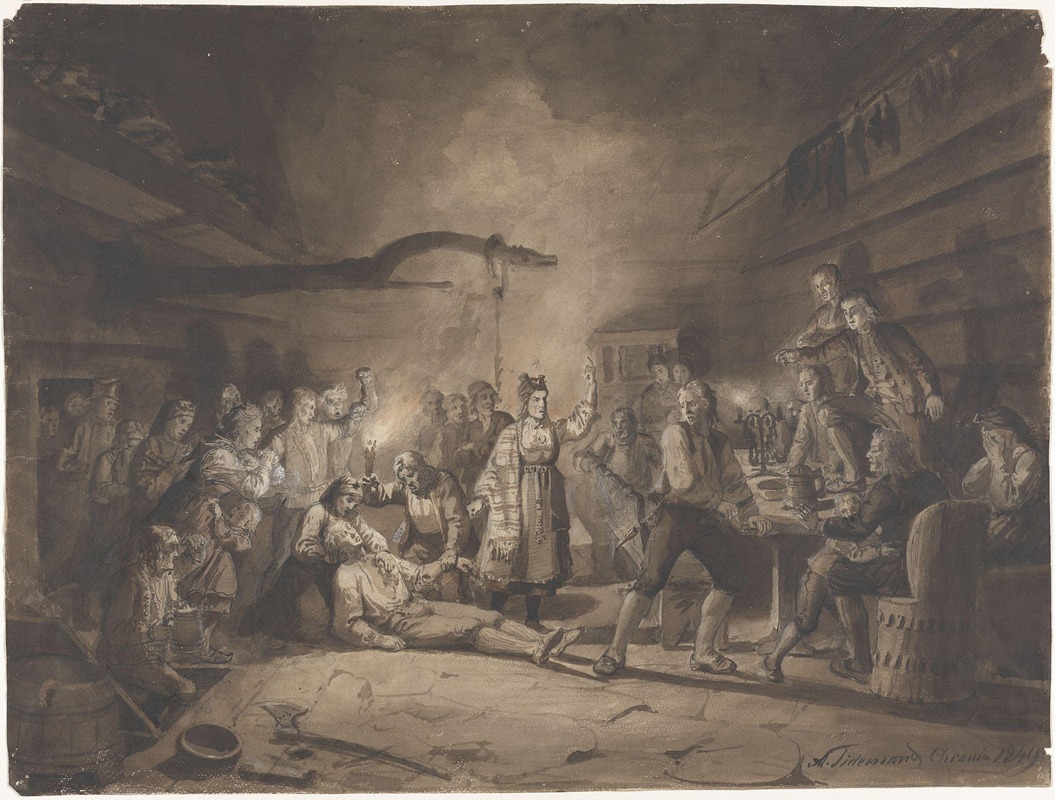
Etter tvekampen
A hand-painted replica of Adolph Tidemand’s masterpiece Etter tvekampen, meticulously crafted by professional artists to capture the true essence of the original. Each piece is created with museum-quality canvas and rare mineral pigments, carefully painted by experienced artists with delicate brushstrokes and rich, layered colors to perfectly recreate the texture of the original artwork. Unlike machine-printed reproductions, this hand-painted version brings the painting to life, infused with the artist’s emotions and skill in every stroke. Whether for personal collection or home decoration, it instantly elevates the artistic atmosphere of any space.
Adolph Tidemand was a prominent Norwegian painter in the 19th century, known for his detailed and evocative depictions of Norwegian life and culture. One of his notable works is "Etter tvekampen," which translates to "After the Duel." This painting is a significant example of Tidemand's ability to capture the emotional depth and cultural context of his subjects.
"Etter tvekampen" was completed in 1853, during a period when Tidemand was deeply engaged in exploring themes related to Norwegian folklore, traditions, and the everyday lives of people in rural Norway. The painting reflects Tidemand's interest in the dramatic and often somber aspects of human experience, as well as his commitment to portraying these elements with authenticity and respect.
The painting depicts a scene following a duel, a practice that, while not common in Norway, was part of the broader European cultural landscape during the 18th and 19th centuries. Duels were often fought to defend personal honor, and they could have serious, sometimes fatal, consequences. In "Etter tvekampen," Tidemand captures the aftermath of such an event, focusing on the emotional and physical toll it takes on those involved.
The composition of the painting is carefully arranged to convey a sense of tension and resolution. Tidemand's use of light and shadow highlights the central figures, drawing the viewer's attention to their expressions and body language. The somber color palette reinforces the gravity of the scene, while the detailed rendering of the characters' clothing and surroundings adds to the painting's realism.
Tidemand's work is characterized by his meticulous attention to detail and his ability to convey complex emotions through his subjects. In "Etter tvekampen," he effectively uses these skills to explore themes of conflict, honor, and the human condition. The painting invites viewers to reflect on the consequences of violence and the societal values that underpin such actions.
Adolph Tidemand was part of the Düsseldorf school of painting, which was known for its emphasis on narrative and historical accuracy. His training and experiences in Düsseldorf greatly influenced his artistic style, allowing him to blend realism with a deep appreciation for Norwegian cultural identity. Tidemand's works, including "Etter tvekampen," often serve as visual narratives that provide insight into the social and cultural dynamics of 19th-century Norway.
Throughout his career, Tidemand remained committed to documenting and preserving Norwegian traditions through his art. His paintings are celebrated for their ability to capture the spirit of the Norwegian people and landscape, making him a key figure in the development of Norwegian national identity during a time of significant cultural and political change.
"Etter tvekampen" is a testament to Tidemand's skill as a storyteller and his dedication to portraying the complexities of human life. The painting remains an important part of his oeuvre, reflecting both his artistic talent and his deep connection to Norwegian culture. Today, Tidemand's works continue to be studied and appreciated for their historical significance and their contribution to the understanding of Norwegian art and society.





